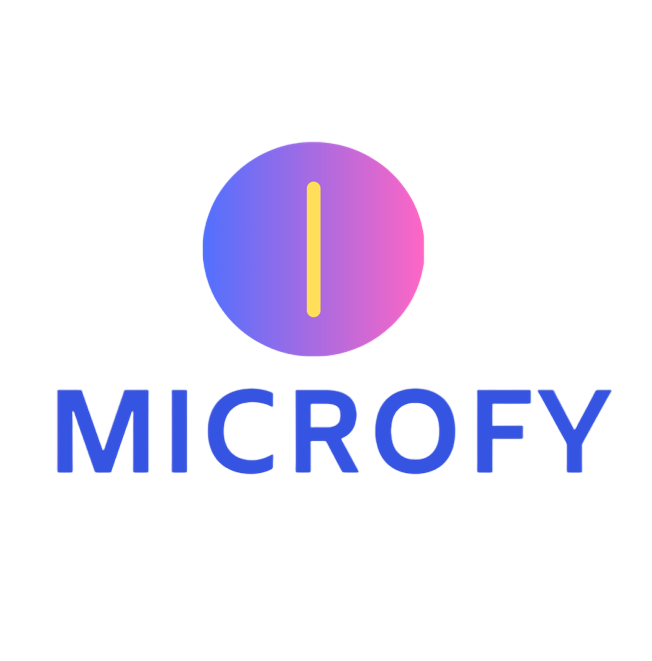
What is ICO?
ICO stands for “Initial Coin Offering”. In a nutshell, ICO is a process to raise fund for a specific project in terms of cryptocurrency, such as Ethereum or Bitcoin, in return for its tokens that can be used in its specific services or applications.
Similar to initial public offering (IPO), instead of money in terms of fiat currencies e.g. U.S. Dollars is being raised, cryptocurrency is raised to support the project for ICO. In return, a certain number of tokens that is built on its specific application blockchain technology will be allocated to the contributors instead of shares. These tokens can be traded on some private exchanges.
Alternatively, some may describe ICO as an alternative mean of crowdfunding to support blockchain-related projects by means of token sale, of which the tokens can be applied to their services and applications.
How Does ICO Work?
From a creator’s perspective, a service or application is to be built based on blockchain technology with protocol, set of rules and white paper being established. Afterwards, the creators will bring forward the white paper, which will illustrate the details of the project e.g. project idea and mechanism, implementation schedule, capital required etc; and arrange token pre-sale, sale, marketing and listing through various communication means and private exchanges.
ICO will be opened for a fixed amount of token sales within a certain period, which usually varies from a few weeks to a month. Some may open for various rounds of token sales with limited amount of token to be sold during each phrase. Furthermore, some ICO may offer pre-sale for privileged or selected investors at a discount before the actual sales date. In general, the token issuers will be transparent regarding the token mechanism and token allocation, which will usually state in the white paper.
How Can I Participate?
1. Acquire Bitcoin or Ethereum through Registration with a Cryptocurrency Online Exchange
To participate in ICO or token sales, you need to obtain Bitcoin or Ether, which are more commonly accepted for ICO, as ICO or token sales usually will not accept fiat currencies like US dollars. Since most of the project idea and application of the ICO are leverage on the Ethereum platform, hence Ether may be more popularly acceptable in general while Bitcoin or even some other altcoin can still be acceptable depending of different ICOs.
If you do not own any cryptocurrency, you can consider registering an account with an online cryptocurrency exchange, and then purchasing Bitcoin or Ether through the online exchange. It usually takes a few days, which varies from different online exchanges, for a normal person to register with the online exchange service providers because of the Know-your-customer (KYC) and Anti-money Laundering (AML) regulations. Due to KYC and AML regulations, you are usually required to provide your personal particulars e.g. name, date of birth etc., official identity proof e.g. passport copy, and address proof to open an account with the online exchanges, which they will then process and validate your information.
After you successfully registered an account with the online exchanges, you can purchase for Bitcoin, Ether, or any other available cryptocurrencies with your USD, EUR etc. as transferred to the online exchange. The cryptocurrencies that you purchased will be sent directly to your online wallet of the online exchange that you registered.
As you will rely on the online exchanges to keep your cryptocurrencies for you, it may be risky to store your cryptocurrencies with them, of which you may lose your cryptocurrency, due to counter-party risk such as the online exchange may collapse or being attacked or hacked by others. Therefore, it may be safer to store your cryptocurrencies in a more secure software or hardware blockchain wallet that is under your control.
2. Establish your Cryptocurrency Wallet
Since most of the ICO or token sales are held on Ethereum platform, it is better to have an Ethereum-based wallet. Do note that not all blockchain wallets are suitable or compatible for ICO as some may only support Bitcoin storage but not Ethereum-based cryptocurrency.
Some popular desktop and web-based wallet are MetaMask and MyEtherwallet respectively. MetaMask looks like a browser that allows you to access the Ethereum network, which does not only allow you to store and transfer your cryptocurrencies, but also allow you to access applications that leverages on decentralized Ethereum network. MyEtherWallet is slightly different from traditional web-based wallets, which does not hold your private keys. Therefore, the wallet owner will have the control of the Ethereum’s private key. It is an open-source wallet with inbuilt blockchain and ethereum facility. The wallet can also connect with other hardware wallets e.g. Ledger Nano S or Trezor, which you can access to your funds in these hardware wallets via MyEtherwallet browser.
3. Cryptocurrencies Transferred from Online Exchange to your Cryptocurrency Wallet
Most of the online exchange may not offer the access to the new token as offered by the ICO, therefore, if you send Bitcoin or Ether to the ICO address, you may not be able to receive the new tokens. As a result, you need to transfer the cryptocurrency bought via the online exchange to your Ethereum-based wallet that support the new token of the ICO.
Instead of storing large amount of funds in these desktop or web-based wallets as mentioned above, you can simply use it for ICO purpose such as fund transfer or purchase of new tokens. It may be more secure to store your cryptocurrencies in a hardware wallet or paper wallet instead as compare to desktop or web-based wallets.
4. Registered for ICO Whitelist
Some ICOs to require participants to register in their whitelist before the token sales launch date, which has become a common trend. If you do not enrol in the whitelist, you cannot participate in the token sales afterwards. Normally, only successful whitelist participants can participate in it.
In general, there may be some criteria for you to be able to participate in the whitelist and hence token sales, for instance, some may exclude participants from specific jurisdiction such as China, US etc. depending on the practice of each ICO. To apply, each participant may need to provide some personal information, which usually includes name, email, Ether wallet address etc., and some may also require passport copy for KYC purpose. Besides, you may also need to provide the target number of tokens that they wish to purchase during token sales. Generally, there is a cap for the number of tokens that each participant can purchase the participants may not be able to purchase more than the allocated amount.
5. Points to Note before Token Sales
After you have successfully registered in the ICO whitelist, you can participate in the ICO by purchasing its new tokens.
Before anyone who wish to proceed with the token sales, you should read carefully the general terms of the ICO including but not limited to the details of the whitepaper, the token mechanism and the token purchase agreement. Besides, there are usually step-by-step guidelines to advise you on how to purchase the ICO tokens as provided by the ICO initiator. To learn more about the latest news about the ICO and stay up-to-date, you can join their social media channels such as Telegram, Slack etc.
As mentioned earlier, there is a limited timeframe for ICO to be opened for token sales, which the ICO will either state clearly the specific time or block numbers. You should ensure that you are synchronising the same time-zone when a specific time is given. For specific block numbers being provided, you can apply Ethereum block explorer to check the block numbers.
6. Purchase ICO Tokens
If you decided to proceed with the token sales, you need to send Ether from your wallet to the address as stated by the ICO team once the token sale begins. In parallel, you are required to pay “gas” for the “transaction”, hence you will have to set a gas limit in your wallet.
Before we move on, what is “Gas”?
In a nutshell, when you transfer cryptocurrencies, engage in a Ethereum-based smart contract or do anything on the ethereum network, you need to pay transaction fees. The payment will be calculated in terms of “Gas” which is to be paid in terms of Ether. Since blockchain is a decentralized technology, it requires miners to validate and execute each transaction that you made through the Ethereum network. Therefore, you need to pay the transaction fee or computation cost to these miners so that they could validate and execute your transactions successfully.
After your transaction to transfer Ether is successfully validated, you may come across the several common scenarios regarding your receipt of tokens depending the mechanism of each ICO. For example:
• You may receive your tokens a few days after your transactions
• You may receive your tokens after the end of the token sales
• You may need to claim your tokens manually after the token sales
Extra Points to Note:
• After you obtain the new ICO tokens, it may be better for you to transfer to a more secure wallet such as hardware or paper wallet
• Be careful that the ICO wallet address as stated in the ICO website may be fake. This is because some hackers may hack the ICO websites and replace their own wallet address with the real ICO address.
SOURCE: icoinsider.tech


